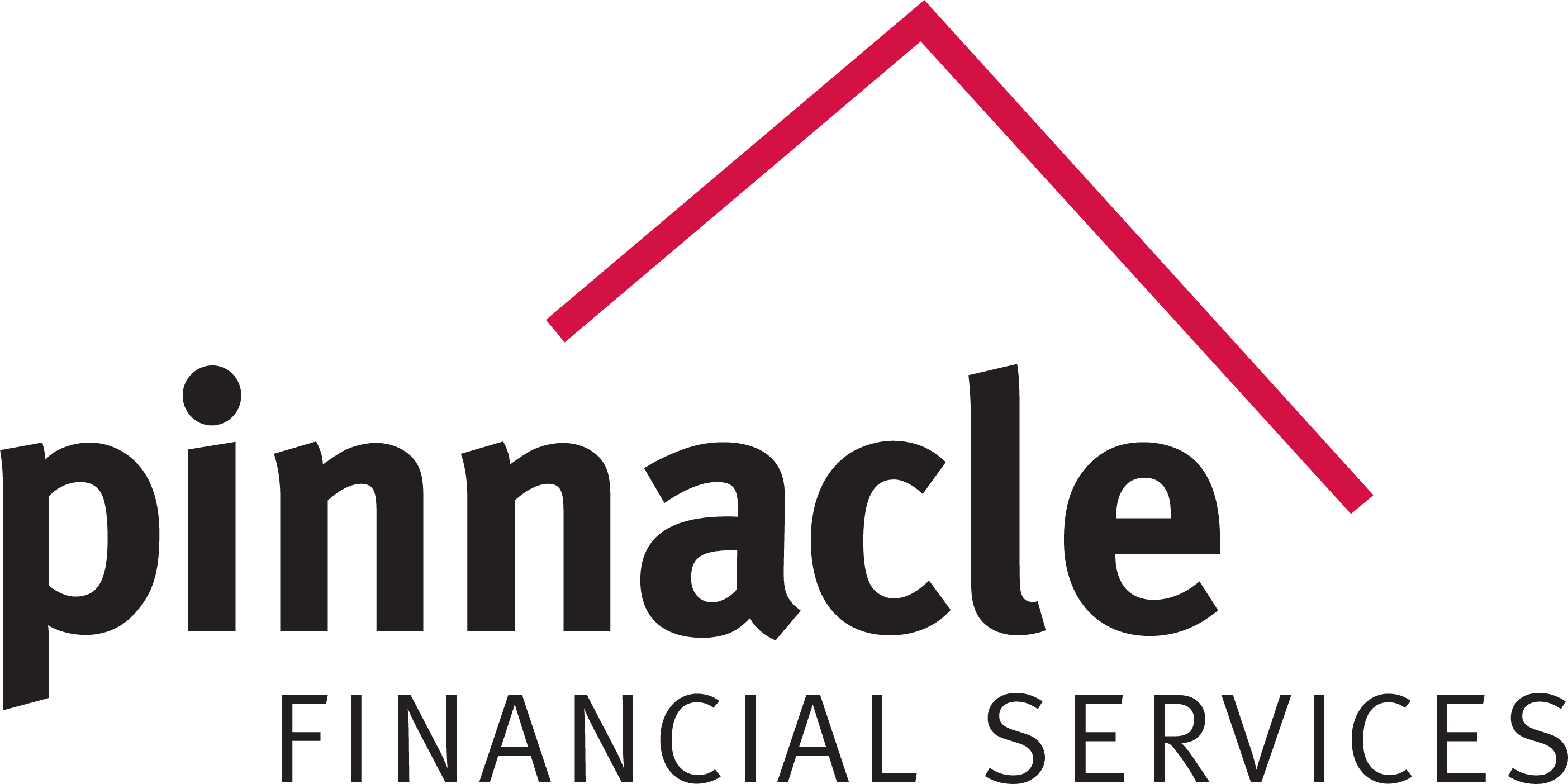
Fixed Annuities Provide Retirement Security
Clients entering and in retirement have an inherent need for peace of mind. Peace of mind for paying their bills, for their lifestyle, and for longevity. Fixed annuities provide the retirement security needed to give senior that piece of mind.
The Bull market officially ended in March 2020. Stock indices sunk well below the 20% marker, signaling the start of a bear market. By most measurements, this was the longest bull market in the last century and a half. As a reference, the bull market ran from March 2009 to February 2020, a full 131 months’ worth of overall yearly gains.
Here is the prevailing question though. How long and how deep will the bear market be that follows a long-standing bull market? Will we experience the prolonged previous deep bear market environments of the 1930s, 1970s, and the 2000s, that followed the long bull markets of the 1920s, 1960s, and 1990s, or will we break from history?
In the two previous periods with long bull markets, the decade and a half that followed produced endpoints that did little to justify a buy and hold approach to investing. So, timing the market is not an advisable strategy, it also does not mean the avoidance of the market altogether. So, the money invested should be money that you will not need for a significant number of years, should a prolonged drop in the market occur. For those no market risk to principal dollars, it is worth looking at a Fixed indexed annuity
Difference between volatility, loss, and risk.
Volatility is the degree of price movement over time. Loss is defined as a decrease in financial value. Wall Street has tried to replace the word loss with volatility, even though they are significantly different. Lowering volatility does not necessarily eliminate loss. An example would be if your goal is to double your investment, and this was accomplished, you should ultimately be indifferent to the intensity of the roller coaster ride it took to get you to your goal. Areas, where volatility would be bad, is Social Security income; if it ranged from $1,000 to $3,000 per month over a period of years but in the end, you averaged $2,000 per month over a pre-determined period could you handle this up and down variability?
A justification for limiting volatility is that typically losses often accompany times of great volatility so that volatility reduction lessens risk. Reducing volatility may lessen the risk of loss, but there is not enough real data yet to tell-but even if it is true it is meaningless in the fixed annuity space.
Securities-to-fixed Annuities Definitions: Risk
Securities: Risk is the degree to which it is possible to lose what you already have; loss of dollars, or value.
Fixed Annuities: Risk is the possibility of earning less of a return (interest) than you might otherwise get.
Risk in the Fixed Indexed Annuity (FIA) world is much different than in the investment world. With securities, the risk would ultimately mean the loss of money, referencing the past. By contrast, FIA risk is a large opportunity cost, which means that future interest earned might turn out to be less than earned in another no-market-risk-to-principal value. Dollars allocated to FIAs are those that a person wants protected, from losing what they have, with the goal of earning more interest than could be earned in CDs, fixed annuities, and other alternatives. If this current period resembles in any way those periods at the end of other bull market runs, there are a lot of people with money invested in the market that based on risk needs, should not be invested there. But the mentality is that somehow, they will miss out on that next upward swing.
Timing your move into FIAs
When is the best time to transition over to an FIA? It typically seems a counter-intuitive move to place money into the FIA, but these instruments proved their worth during the last two bear market cycles. Based on actual performance a person extracting money from the S&P 500 index fund for example in 1999 or 2000 and getting the average return in an FIA, had three times the gain 10 years later compared to the person that stayed in the S&P 500 index fund.
Example
- $100,000 in S&P 500 Index Fund
- $100,000 in FIA allocated to S&P 500 with a 5% cap
- Based on a 5-year period
E.G. Crash of 08. If you had a crystal ball you would have gotten out at the end of 2007. If you kept invested your $100,000 would have dropped to $62,576 just one year later. By the end of 2012 if you had stayed invested your account would have been worth $108,555. But by the end of 2012 in the FIA your account would have been worth $115,763, with no ups and downs.
Safeguarding the future
We do not have a crystal ball to determine when the next bear market will be, or the severity. So, protecting what you have is of the utmost importance, especially if you are approaching retirement. With Fixed indexed annuities we can safeguard the present so that money is available in the future.
By considering what is important to you with respect to the value of your money, your current situation, and risk-reward feelings, it is an opportune time to consider the FIA as a legitimate solution based on our current environment. Our team at Pinnacle Financial is acutely aware of all the options available in this segment. If you would like further information on the use, and the ultimate benefit of this solution, contact us today and let our team discuss all of the options.
1 (800) 772-6881 x7731 | sales@pfsinsurance.com
Senior Sales Director - Life, Annuity, & LTC
Contact a Pinnacle Representative if you have any questions.
1 (800) 772-6881
support@pfsinsurance.com





